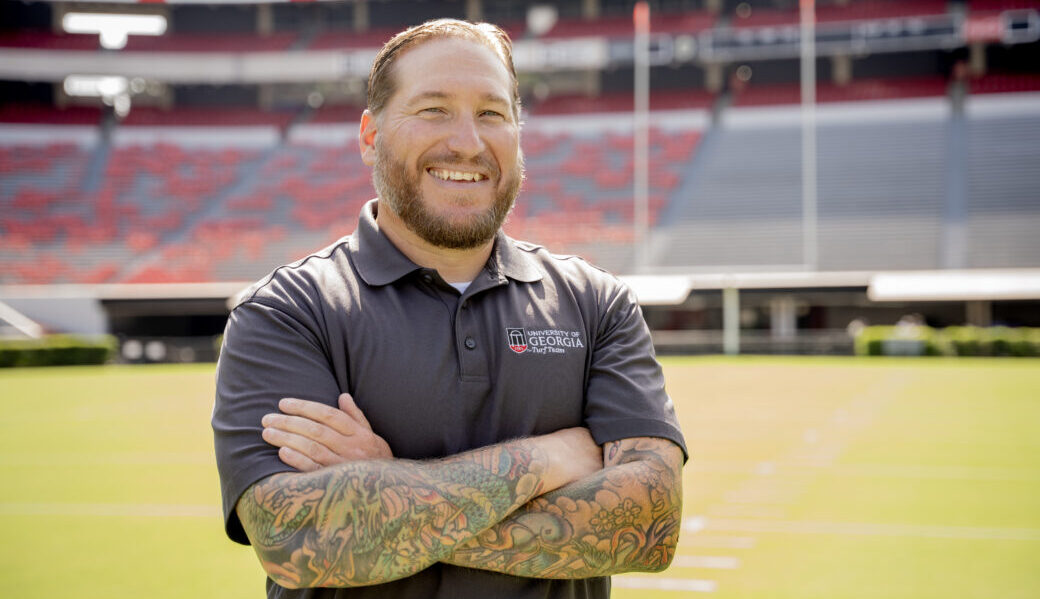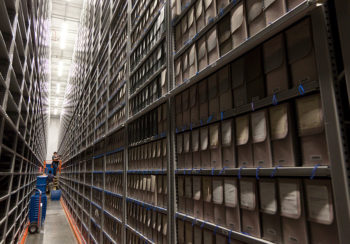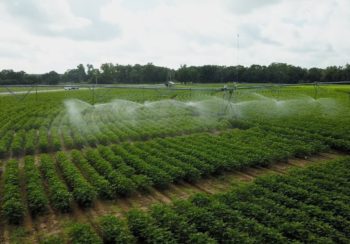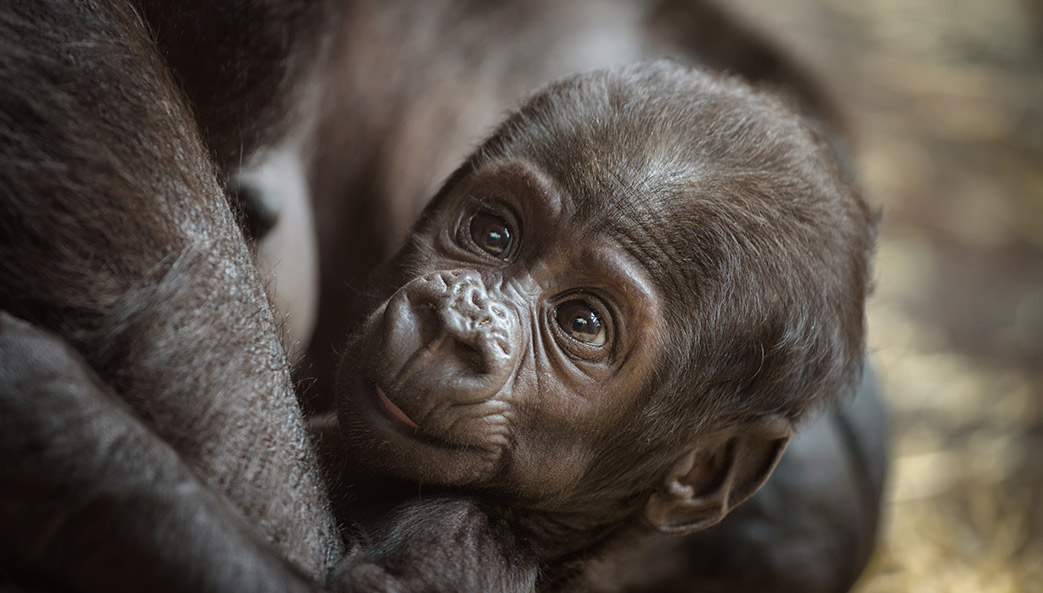When the two-time reigning national champion Georgia Bulldogs step between the hedges at Sanford Stadium this fall, Dooley Field needs to look the part. More importantly, though, it needs to help safeguard the health of athletes who compete on it.
Gerald Henry plays a big role in the latter.
The University of Georgia’s Athletic Association Endowed Professor of Environmental Turfgrass Science leads a research team in the Department of Crop and Soil Sciences committed to creating sports fields that look good and perform well to limit the occurrence of injuries.
“We’re trying to figure out the interaction between athletes and playing surfaces, especially as these environments mature,” said Henry, faculty in the College of Agricultural and Environmental Sciences. “Early on, the fields may perform well, but several management challenges arise during the season that may negatively affect grass growth. We’re constantly trying to learn as much as we can about field performance and playability so that we can recommend adjustments that reduce injury occurrence.”
Turfgrass fields have a lot of variables that can affect safety and playability. Soil compaction and surface hardness can reduce its ability to absorb impact, increasing risk of lower extremity injuries or concussions. Shallow roots mean poorer foot traction, raising risk of ankle sprains or other related injuries. Poor moisture management can cause slickness, as illustrated during last season’s Super Bowl in Arizona when players regularly slipped and kicked up chunks of sod.
These aren’t problems Henry thought he’d be considering when began his college studies.
He calls himself a “weird hybrid” in the world of academia who took a circuitous route to turfgrass management. Always fascinated with taking things apart to learn how they worked, he went to Lehigh University to study engineering, but life sent him back home, and he landed a job doing golf course maintenance at Metedeconk National in Jackson, New Jersey. His superintendent quickly urged him to go back to school at Rutgers University to study turfgrass management.
He completed his undergraduate and master’s degrees in plant science and plant biology with a focus on turfgrass management and weed science, then got his doctorate in crop science at North Carolina State University. He accepted his first faculty job at Texas Tech, where for six years he was a one-man turfgrass teaching and research staff. He came to UGA in 2012, lured by the larger team and additional opportunities for collaborative work.
“Having the opportunity to come (to Georgia), where there’s 10 full-time turfgrass faculty, and then probably another four or so that are part-time, allowed me to become a part of a huge team effort with lots of collaboration,” Henry said.
Turfgrass is a team sport
That team includes breeders Brian Schwartz and Paul Raymer, along with Professor Emeritus Wayne Hanna, whom Henry likened to “a famous celebrity like Johnny Cash.” Working with them has allowed Henry to carve out his niche in the department researching field management. With longtime research technician Kevin Tucker and their graduate assistants, they’ve developed systems to collect data.
“We map all of these fields to get a better understanding of what’s good, what’s bad and how we can site-specifically make things better without treating the entire field,” Henry said.
To understand all the factors that can impact athlete safety, Henry and his team—in collaboration with Rob Lynall in the biomechanics lab of UGA’s Department of Kinesiology—conducted a trial at UGA’s intramural fields, used by student-athletes in various club sports including rugby and ultimate frisbee.
“We were taking agronomic data every week for turfgrass and soil parameters—surface traction, soil compaction, moisture and several others—while simultaneously monitoring all of the athletes to see when and where they were injured,” he said. “Everything was geo-referenced so we could overlay the agronomic data maps with the injury locations. We started to make correlations between the conditions on the field and the types of injuries that occurred.”
The results showed that roughly 80% of injuries were occurring where players transitioned from one end of the spectrum to the next, such as a drier part of the field to a wetter area. That led to research aimed at softening these transition areas and lessening variability of how fields play.
But Henry needed more real-time data. He and graduate research assistant Erick Begitschke built micro-fields called ground reaction platforms in a greenhouse at UGA’s Turfgrass Research and Education Center. There, they look at the playing surface as well as the entire soil profile. Using force plates under the soil and sensors attached to athletes, they collect data as athletes perform maneuvers like jumping from various heights or making cuts.
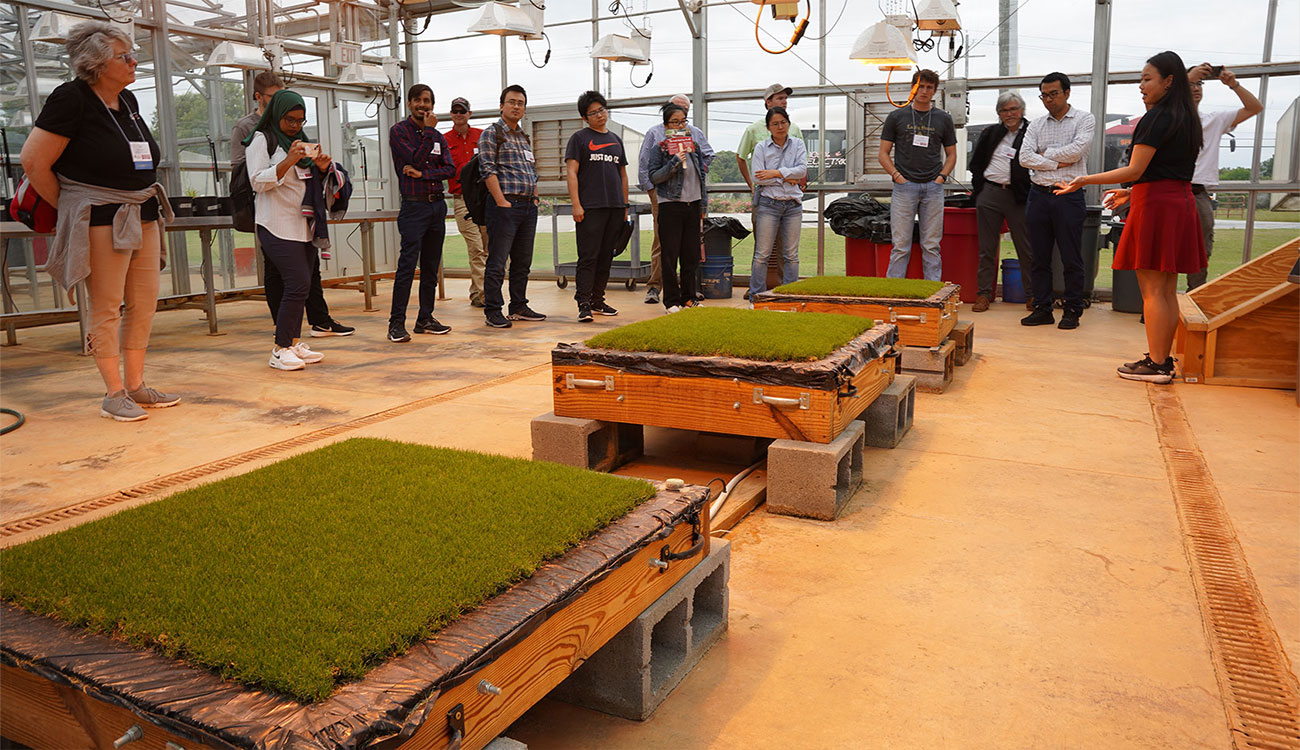
“We can tell how much force is exerted back on their body and the direction those forces go in either of their legs,” Henry said. “We can adjust the soil moisture or compaction levels or even examine different turfgrass species or synthetic turf to gather data on a wide range of field conditions. The next step is going into the field where athletes equipped with sensors conduct even more rigorous maneuvers while running down lanes created from a mixture of different turfgrasses, weeds and field conditions.”
Henry’s team built a “traffic simulator”—a piece of equipment that can replicate the wear from sporting events so that athletes can simulate maneuvers on fields as conditions deteriorate over a season.
“We’ve just gotten so high-tech,” Henry said. “The archaic days of just dropping a ball on the grass to determine whether a field is performing adequately are gone. The fact that we’re teaming up with kinesiologists who understand the human body—an area I’m deficient in—is opening doors for us to do more impactful research.”
Putting people first
That high-tech equipment is accompanied by a unique low-tech anthropological element, as well.
Henry’s students, in conjunction with sociocultural anthropologist Jennifer Jo Thompson, study athletes’ psyches by conducting walking interviews across the fields they play on. The confidence athletes have in the turfgrass under their feet affects their decision-making and can have a significant impact in games.
“All the data generated from the comments athletes make during interviews are used to generate a phylogenetic tree of important concepts,” Henry said. “We use these trends to help us identify how a lot of these people are thinking and use that information to determine how we’re going to manage these fields to not only make them safer, but also make the athlete feel like they’re playing in a safer environment.”
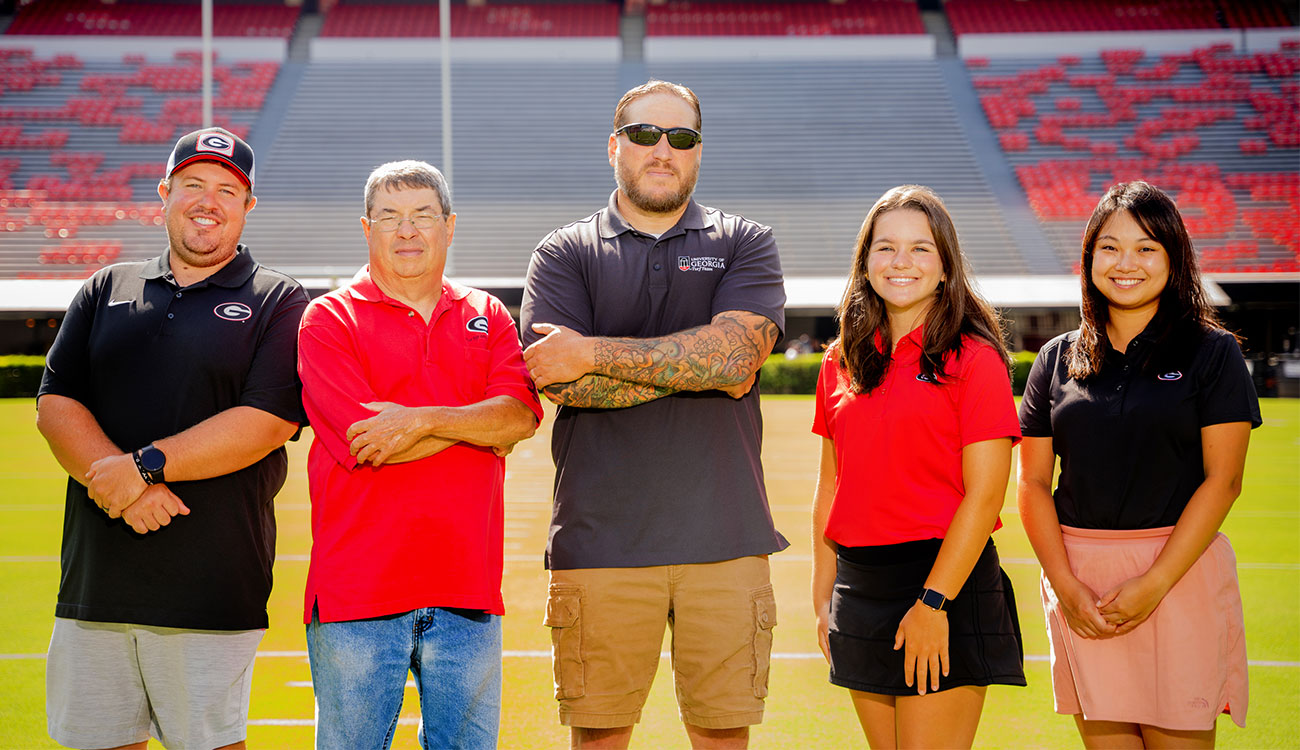
There’s a significant environmental impact, as well. UGA turf researchers work with site-specific application equipment to reduce inputs like water.
“We’re using technology to subdivide large areas into smaller units so that we can manage them at a smaller scale,” Henry said.
Looking beyond athlete safety, another project Henry calls “out in left field” is pollinator habitat research he’s conducting with graduate assistant Julie Wang and colleagues from Mississippi State and Auburn universities. The project is called “refuge lawn” but Henry is promoting it in sports field complexes and golf courses to diversify the monoculture of turfgrass environments.
“There’s a big push to increase pollinator habitat, but the survival of these areas has been difficult because we’re constantly planting non-native plants that are not acclimated to our environment,” he said. “We hope the incorporation of more biodiversity will change the perception people have about turfgrass, whether it’s golf courses, home lawns or athletic fields.
“In the end, turfgrass is an important component of the overall ecosystem. Even when planted as a monoculture, it is one of nature’s best filters. It is only second to rainforests in terms of carbon sequestration on the planet.”



